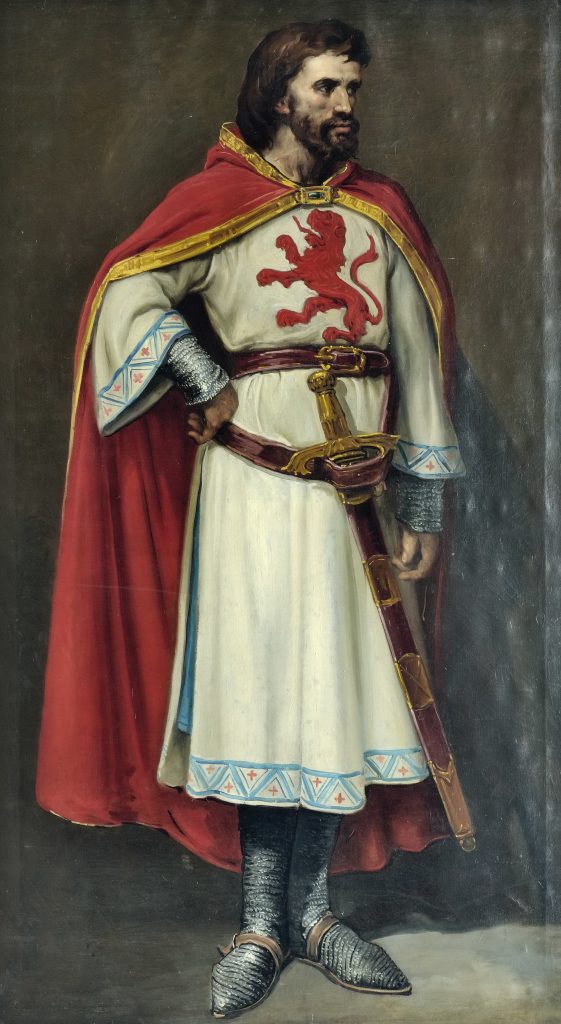
Ramiro II was another one of Ordoño II’s sons to reign. He faced Abderramán III, al-Ándalus’ most powerful Sovereign. These two leaders attacked each other continuously, and both had some victories and some losses. Ramiro destroyed areas such as the Magerit fortress (current Madrid), but Abderramán won, and submitted his ally to the kingdom of Pamplona.
After this win the muslim caliph decided to erase the kingdom of León from the map, and for that, in 939 he summoned every Andalusian to be in the yihad (“Holy War”). He gathered the biggest army in the history of al-Ándalus, but was defeated miserably by Ramiro II in the Simancas-Alhándega battle.
Abderramán himself was about to be captured, and was forced to flee, abandoning in his tent his most prized possessions, such as his chain-mail woven with golden wires, and his luxurious edition of the Koran. The Cross of Peñalba is a reminder of the battle: it was donated by Ramiro II to the Santiago de Peñalba monastery (El Bierzo) to thank the Apostle for the victory. With time this cross has turned into a symbol of the Bierzo region.
With this victory the borders moved further south, from the Douro river up to the Tormes river, where Ramiro II repopulated Salamanca, Ledesma, Baños, etc., with people of Leonese origin.
The battles between Ramiro II and Abderramán III continued, although sometimes interrupted with the signing of truces. In January of 951 Ramiro renounced the throne in León, and died a few months after that. He left two sons: Ordoño III, who would succeed him since he was the eldest, and Sancho, who would reign in León later on as well.
Ramiro II received his nickname of “The Great”, although the muslim community would call him “The Devil”.
